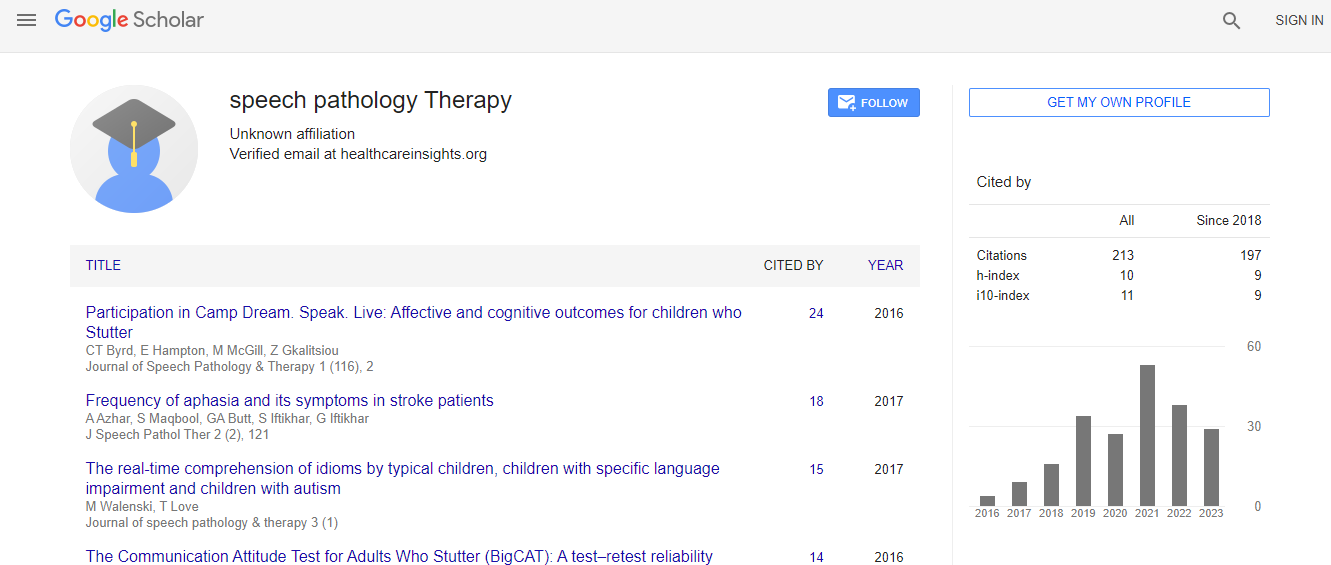The Effectiveness of Using Digital Scanning Method for Reducing Iatrogenic damage To The Adjent Teeth Surfaces During Class II Cavity Preparations
Abstract
To evaluate the effectiveness of digital scanning methods in dental education to reduce the rate of damage to the adjent teeth in CL II cavity preparations Materials and Methods: As a part of cavity preparation lecture ; after teaching them how to open cavities without any deformation to the adjent teeth ; 245 Dental students were asked to prepare classical Class II cavity preparations both in maxiller and mandibular first molars in phantom models. Mesioocclusal class II cavities for maxiller first molar-16 were performed and disto-occlusal Cl II cavities performed for mandibular 1 molar-36. All adjent phantom teeth surfaces were examined using visual examination then randomly 50 phantom models were selected and all adjent phantom teeth surfaces of that selected group were examined using 3D digital scanning methods. Examination of teeth surfaces were done by calibrated individual examiners in all groups. After examination, 50 selected performance owners were informed about their Iatrogenic damages. All 245 dental students were taken under a course again to teach them how to reduce iatrogenic damages for class II cavity preparations. The same procedures were repeated and students were asked to do same the work with the same teeth. Damages were scored as 0= no damage, 1= abrasion 2= injury <50% of surface, 3= injury > 50% of surface. Results: A rate of nearly 27 % less damage was found to the adjent teeth with the group that was shown their mistakes by digital scanning methods. After 2 courses, we still obtained iatrogenic damages Conclusion: According to our results of damage to the adjent teeth in CL II cavity preparations, additional teaching of protection of these surfaces is needed to reduce the rate. Also, the use of 3D scanning methods seems to be helpfull for us to obtain more successful results from cavity preparation teaching without the iatrogenic damages of adjent teeth.
 Spanish
Spanish  Chinese
Chinese  Russian
Russian  German
German  French
French  Japanese
Japanese  Portuguese
Portuguese  Hindi
Hindi 